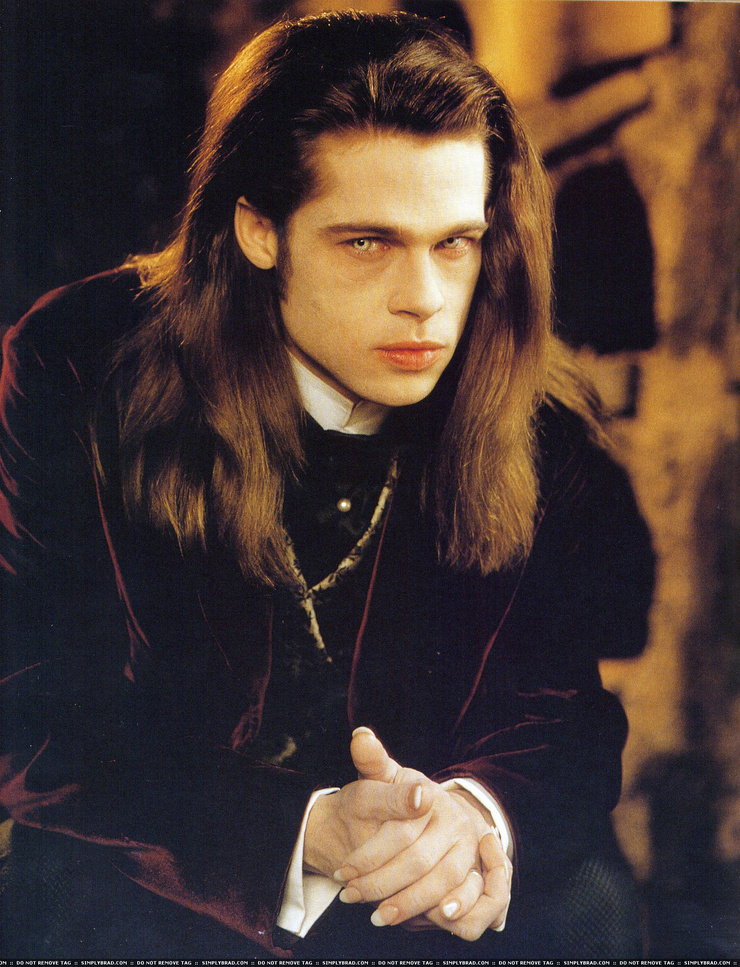
-photo.jpg)
It also became a seminal work for the burgeoning goth subculture Liisa Ladouceur, author of 2011’s Encyclopedia Gothica, calls Interview With the Vampire “a goth bible of sorts.” The novel kicked off a decades-spanning, 13-book series, inspired a hit film and multiple comic book adaptations, and established the template for a popular vampire trope.

LGBTQ+ readers embraced the book for its queer subtext (which just became, well, text in later series installments) and its depiction of vampires as outsiders feared by mainstream society. Rice gave Nosferatu a modern makeover, imagining vampires as literal rock stars.īut the influence of Rice’s novel doesn’t stop at setting the stage for vampire yarns like The Lost Boys, Buffy the Vampire Slayer, and True Blood. There had been angsty, romantic vampires before, but even Barnabas Collins seemed like a relic from another time. Rice’s debut novel is almost single-handedly responsible for the image of vampires that dominates pop culture today: conflicted, brooding, and oozing sex appeal from every moonlit pore. Forty-five years after its publication, Anne Rice’s 1976 novel Interview With the Vampire stands as one of the most influential bloodsucker tales ever published-second only, perhaps, to Bram Stoker’s Dracula.


 0 kommentar(er)
0 kommentar(er)
